Why does light not have any mass?
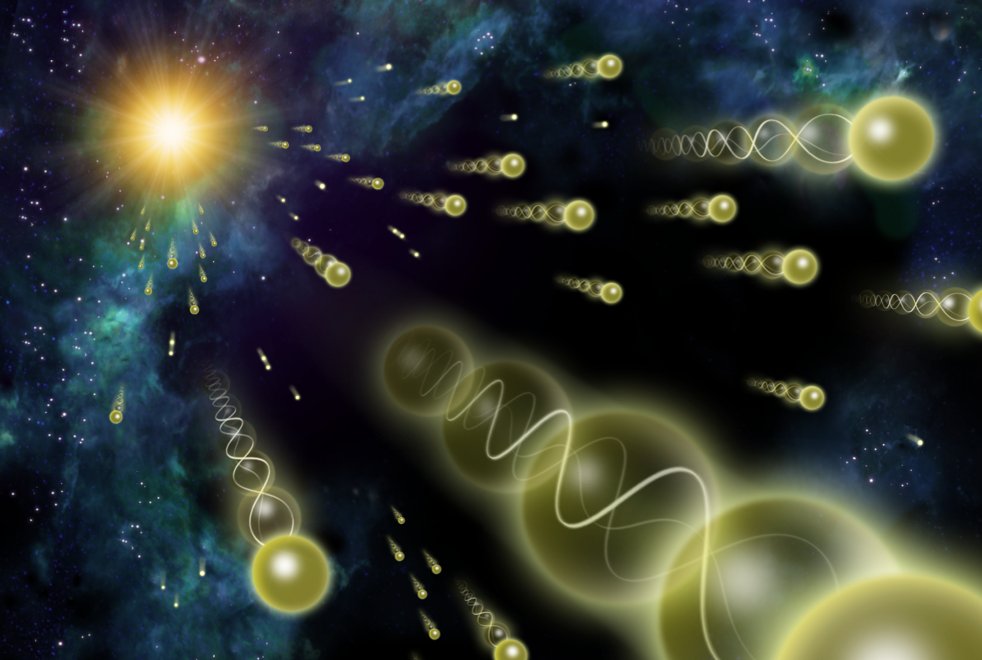

The idea that a particle should exist without any mass might seem at odds with the fundamental idea of the photon. In this article, we will explore the traditional reasons for this, and explore an alternative solution that can explain exactly why light cannot have any mass.
Overview
When the standard model of science suggests that light has a mass of zero, many people will look at the equation E=mc² and, replacing the value of mass for a zero, see a result that appears to suggest light has no energy. Clearly this cannot be the case, as electromagnetic waves expand at the speed of light (c), which is a universal constant.
This misunderstanding arises from the fact that electromagnetic waves are not considered to be matter. In fact, the term ‘mass’ was derived by Newton, who defined it as a property of matter, which is a rather unambiguous definition. Even today the discussion of what mass actually is continues, however most physicists today agree the light is not matter, and therefore has no mass.
KEy Points
- Light is not matter just as a wave is not water
- The nature of mass is replaced with Momentum which is explicite to a wavelike nature
- as the propogation of light requires a medium the most simple explaination is found in the 4th dimensional nature of space.
THE
Concept
What is Matter?
You might think that as the concept of mass plays so heavily in the world of science that it would exhibit a clear definition. However, this is not the case. Whilst mass is a property of matter, quite exactly what this property is still lacks any kind of clear definition.
The problem is accentuated when we begin to examine the nature of other massless particles, called bosons. Within the atom we find a subtle boundary between particles such as the Proton and Neutron, who mass units are used to establish a vast body of scientific theory, and the quarks that form them, whose existence appears to be mass less.
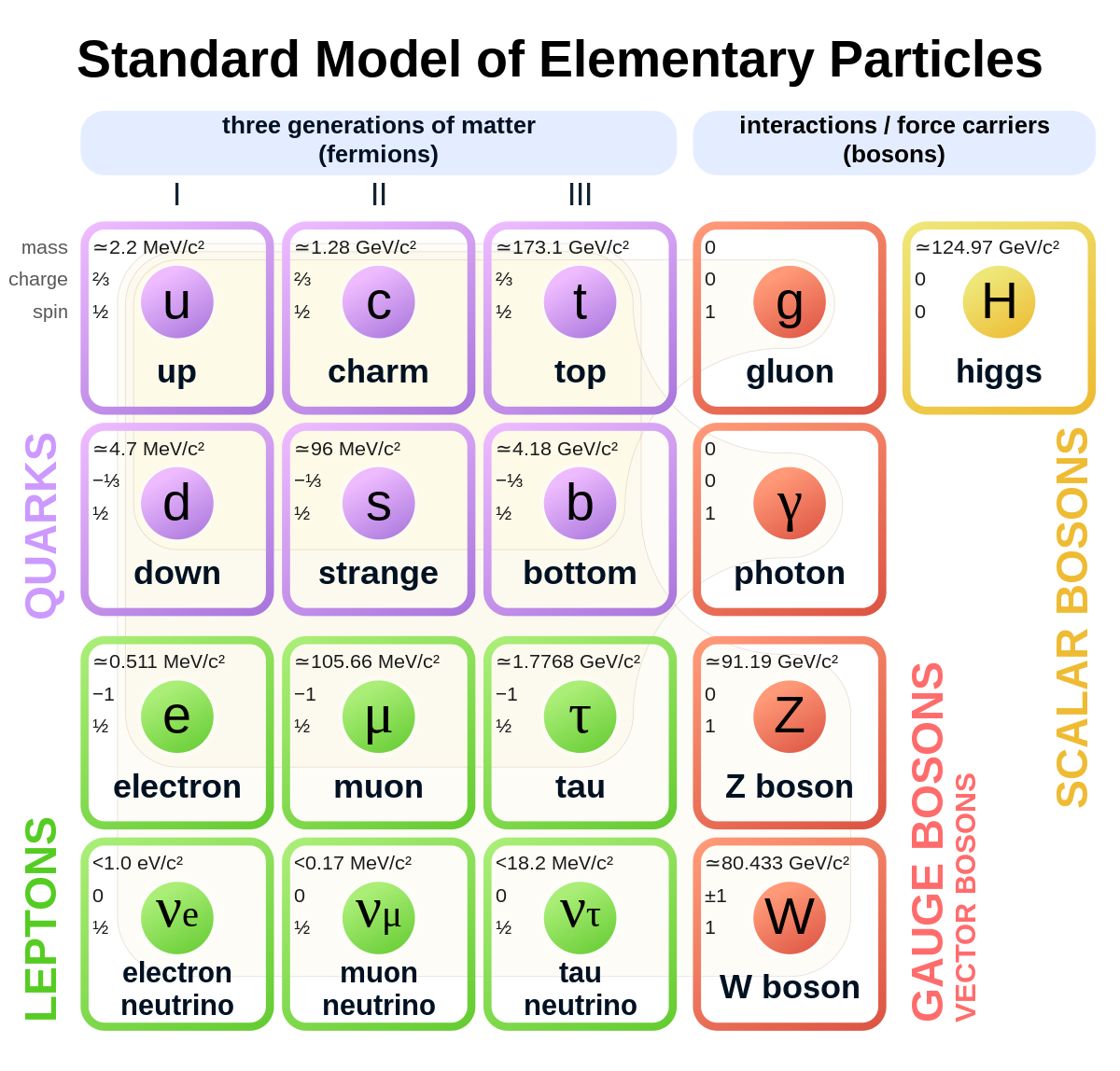
L.B. Okun from the Institute for Theoretical and Experimental Physics, in Russia explains the problem.
Various facets of the concept of mass are discussed. The masses of elementary particles and the search for higgs. The masses of hadrons. The pedagogical virus of relativistic mass. From “Principia” to Large Hadron Collider (LHC). The term “mass’ was introduced into mechanics by Newton in 1687 in his Principia. He defined it as the amount of matter. The generally accepted definition of matter does not exist even today. Some authors of physics text-books do not consider photons – particles of light – as particles of matter, because they are massless. For the same reason, they do not consider as matter the electromagnetic field. It is not quite clear whether they consider as matter almost massless neutrinos, which usually move with velocity close to that of light. Of course, it is impossible to collect a handful of neutrinos similarly to a handful of coins. But in many other respects both photons and neutrinos behave like classical particles, while the electromagnetic field is the basis of our understanding of the structure of atoms. On the other hand, the so-called weak bosons W+, W−, Z0 are often not considered as particles of matter because they are too heavy and too short-lived. Even more unusual are such particles as gluons and quarks. Unlike atoms, nucleons, and leptons, they do not exist in a free state: they are permanently confined inside nucleons and other hadrons. There is no doubt that the problem of mass is one of the key problems of modern physics.
THE CONCEPT OF MASS IN THE EINSTEIN YEAR - L.B. Okun - Institute for Theoretical and Experimental Physics, 117218, Moscow, Russia - February 2, 2008
The difference between matter and the electromagnetic field is not clearly defined. In the 4th dimensional view, the electromagnetic fields are 4D objects, that are in constant motion. Every piece of matter is a product of the electromagnetic field, formed as the 4D geometry 'passes' through 3D space. This resolves the difference between mass and energy, and offers a fresh perspective on why light is in constant motion. The solution is that it is a 4D phenomena,
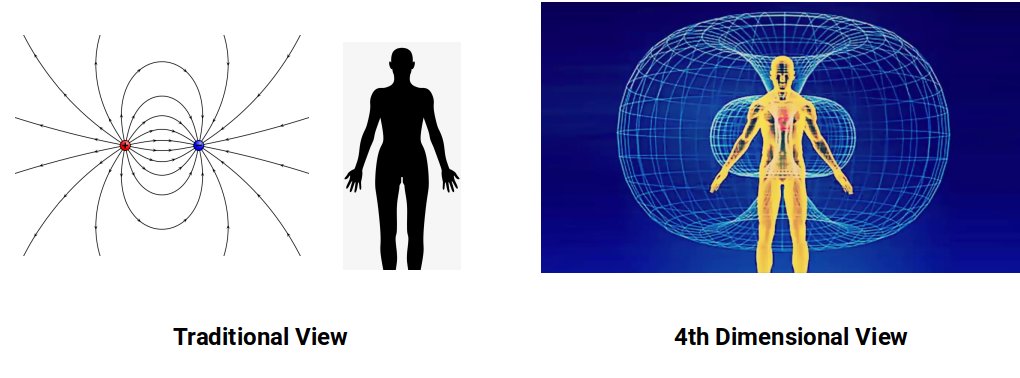
The 4D view resolves the relationship of mass and energy
Putting aside the problem of the definition of mass, we are still able to examine its properties. The relationship of mass to energy is the speed of light squared, e=mc². Therefore, energy divided by c² will produce an object's mass. We can express this by swapping around the equation e=mc² to m=e/c². This statement is true for any particle with mass that is stationary. In 4D we can say that the field that surrounds the object, is in an inert frame of rest. However, light as a massless particle, or 4D field, is never stationary, so we need to consider the non-abbreviated version of the mass energy equation.
Moving objects
When considering an object (or particle) that is completely stationary, then the equation E=mc² can be used to determine the energy equivalence of its mass. But when an object is in motion, we need to include momentum (p) in the equation.
E= (m * c²)² + (p * c)²
When an object is in motion, it will gain in mass, as mass represents the total energy contained within a system, the momentum (p) is therefore the portion of mass the is consumed with kinetic energy. For example, an object suspended on elastic can be weighed. But when the same object is set spinning the elastic will stretch more, as the object now contains more energy, and so more mass.
On the right-hand side of the equation, we see the familiar formula e=mc². However, the overall value is squared again. Why? If we consider the left-hand part of the equation, we can see that Velocity, Momentum, and the Speed of Light are also multiplied together, and squared. This is the Pythagorean equation of right-angled triangles.

a²+b² = c²
But what has the speed of light go to do with a right-angled triangle? In simple terms, we find that it represents the restriction of the momentum of a particle with mass from being accelerated to the speed of light. Let's imagine that as an object is accelerated, its momentum will increase. In this case, one side of the triangle will get longer (B). Yet, the mass equation (A) remains the same. The total energy (C) will always be greater than the energy of momentum, which limits the speed at which an object with mass can travel. This video from Minute Science eloquently demonstrates this principle.
https://www.youtube.com/watch?v=NnMIhxWRGNw
When a massless particle such as a photon is quantified, we find that the equation e=mc² is reduced to zero, leaving the equation e=pc. This means that light has momentum but no mass. However, there is a problem with this interpretation, as momentum generally requires some kind of mass unit in order to be measured.
Momentum of Light
Have you ever tried to push a car? At first, it feels really heavy, but then as the wheels start moving suddenly it gets easier to push, unless to are trying to push up hill or course. So what is happening? Is the car getting lighter? Or course not. The car has the same weight, but it is acquiring velocity (v), a change in position and speed, which gives it momentum (p).
When we examine the equation of p (momentum) we find that:
p = m * v
This tells us that momentum (p) is a product of mass (m) multiplied by velocity (v). The problem here is that Momentum appears to require mass with velocity. Yet a photon has no mass. We can overcome this limitation by considering the wavelike properties of light. As a wave moves through water, it also carries momentum. Yet the wave has no mass in and of itself. Therefore, to calculate the momentum of a photon we have to use a different equation, p= E/c.
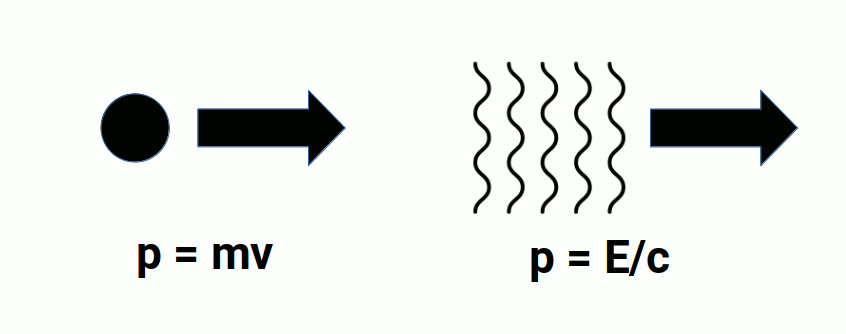
Here we see that the momentum of a wave can be derived from a photon's energy (E), divided by the speed of light (c). Each photon exhibits a different amount of energy, dependent on its frequency. However, there are some problems with this traditional interpretation. Firstly, it does not solve for the photon as a particle. The reason that the photon was first suggested was that a medium that could carry a wave through the vacuum of space was never identified. And this leads us to the second problem, which is that the wave model requires a medium in order to produce momentum. How can we overcome this paradox? For the traditional scientific view, there is no logical solution.
When we consider that e=pc, then we replace P with E/c, what results is (E/c) x c = E, which in many respects in not a great mathematical definition of the momentum of light. The energy of a photon (E) is divided by c and then multiplied by c again to find its energy (E), not exactly rocket science. So how does the traditional theory get over this. By the application of a theory called wave particle duality, whereby light can appropriate either a particle or wave, depending on how you look at it. Sometimes called ambiguity.
Quantised Reality
The energy levels of photons appear to be quantised into bands. Similarly, we find the electrons that surround the atom are also bound by discrete energy levels. It was this nature of light that causes a wide discrepancy between the theoretical model of light and actual observed experimental results. This was resolved by a mathematician, Max Planck, who discovered a constant that accurately described the various energy levels of the quantised light phenomena. When the frequency (f) of a light wave was multiplied by the Plank Constant (h) the energy of the photon could be ascertained.
E = h * f
However, even to this day, the Plank constant has no theoretical reasoning that supports its discovery. We know it works, but we don't know why it has a value of 6.62607015×10−34 when expressed in the units Joules seconds. The underlying reason for the quantisation of electromagnetic waves is still an unsolved mystery. So is there a simple solution to the perplexing problem?
Whilst the traditional view ascribes the quantisation of space to the particle nature of the photon, from the perspective of the 4th dimension it is 'space' itself that is quantised. This solves many of the problems facing the wave particle duality model. A torus can be viewed as a kind of 4D sphere, that is represented in 2D as two circles. By nesting the various sized toruses inside each other, we find that we can emulate the nature of quantised wave packets of light. Each ring is represented in 3D space as a spherical wave that emanates through space by moving through a 4D space. This leave 'gaps' where no energy states are possible.
By resolving the particle problem with 4th dimensional thinking, we also solve the wave/particle duality conundrum. The medium that transports that wave is now a 4th dimensional one that only penetrates 3D space at specific intervals. Quantised reality. This in turn solves the massless nature of light, whilst at the same time preserves the observed momentum of the light wave. The medium is a 4D Aether.

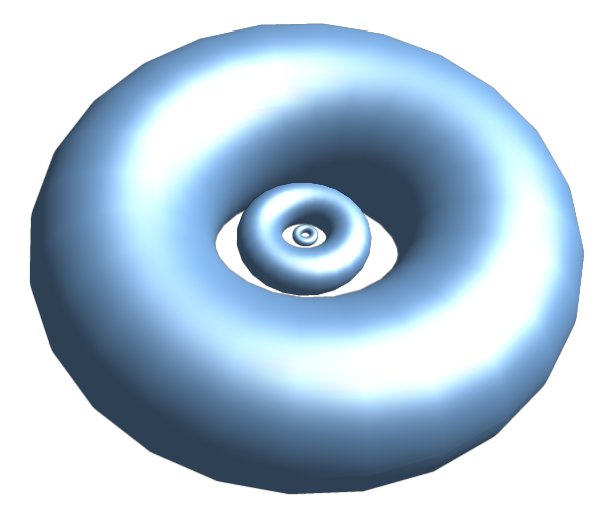

Light is emitted as a spherical wave in quantised packets, The quantisation can be ascribed to a 4th dimensional construct, which solves the wave particle paradox
No matter which way we look at it, the wave nature of light can not be discounted. A wave in turn requires a medium to act upon in order for momentum to have any effect. Therefore, the discovery of a quantisation of light is not founded upon the notion of a particle. Moreover, it has always been defined as a wave packet. However, often it is described as a particle, moving in a single direction, which it not the case. Light expands as a spherical wave as it permeates through 3D space. As a 4th dimensional entity, we find a simple solution to the zero mass problem. The momentum of light is derived from each wave's energy level, which it limited by the 4th dimensional nature of space into quantised 'packets' of energy. For the same reason, we find the electron cloud is structured in exactly the same way. Discreet energy shells. Our new theory of Atomic Geometry explores this structure in more detail, to produce the world's most accurate model of the atom in terms of the atomic radii of each stable element on the periodic table.
THE
Conclusion
Why Does light have zero mass?
The momentum of light replaces the concept of mass in the full version of Einstein's Mass-energy equivalence equation. As momentum requires a medium, we find no alternative but to adopt the wave nature of light to account for the momentum of electromagnetic waves. As the nature of these waves is quantised, traditional wave mechanics will not suffice to account for experimental results. However, a 4D Aether that structures space will satisfy the criteria for the quantisation of light.
How does this impact the nature of light?
Unlike the traditional view, the 4D perspective suggests that the electromagnetic field is a 4D phenomena, which generates the 3D concept of mass. Electromagnetic waves are continuously being absorbed and emitted by atoms that are at the foundations of all matter. This process when viewed from the perspective of the 4th dimension can be perceived as the 'rotation' of a 4D object, which is initiated whenever an atom absorbs a light wave. As the rotation initiates, the electrons will change energy states in a quantised manner, entering a higher shell. As the rotation completes, a new light wave (photon) is emitted. The transportation of the light wave forms a 'ripple' in the 4D space-time fabric, giving it the appearance of 'travelling' through 3D space.
Carry On Learning
This article is part of our new theory. browse more interesting post from the list below

YOUR QUESTIONS ANSWERED
Got a Question? Then leave a comment below.

Question?
I thought the Aether theory was disproven?
ANSWER?
Actually, it was never proven to exist. However, the traditional concept of the Aether was based on a 3D perception, which expected it to exhibit an 'Aether Wind', which should be measurable. A 4D Aether will not exhibit such a quality, and will also transmit waves in packets, thus solving for the ultra violet catastrophe.

Question?
How does 4D unify the concepts of matter and the electromagnetic field?
ANSWER?
Just as a 2D space can appear in a 3D space, but a 3D space does not appear in a 2D space. When the electromagnetic field is considered to be a 4D phenomena, so it must contain the 3D phenomena, matter. The electromagnetic field extends throughout the whole universe technically, from which matter is manifested over time. A 4D space contains a time function (the 4th dimension is time), and so exhibits an eternal function. i.e. it does not decay or change, it is only distributed in various proportions throughout the universe. Energy is never destroyed, whilst matter evolves and decays. These qualities of energy suggest is it the precursor to matter, so e=mc².
Comments
Post a Comment